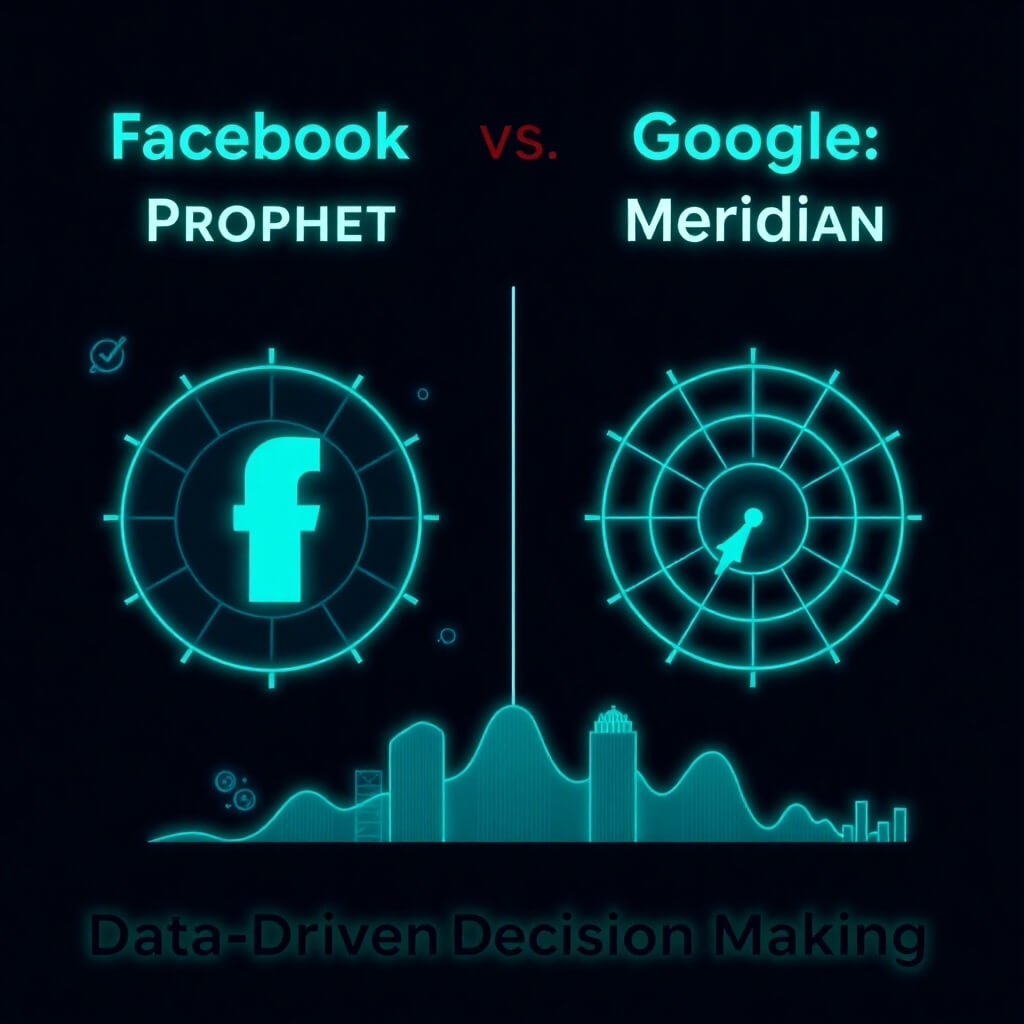At the beginning of the summer, Google announced a new targeting setting called “Flexible Reach” for the Display Network. While this update was implemented at the end of June, it may have slipped past some people’s attention.
The new Flexible Reach function allows for more control of one’s Display settings by enabling control at the ad group level. Previous to this implementation, management of display targeting was restricted to the campaign level with two options: 1) broad reach – ads are shown according to your primary targeting method; and 2) specific reach – ads are shown only on pages that match all targeting methods (targeting methods being the likes of placements, topics, keywords, interests). Now, with Flexible Reach, one can combine multiple targeting selections at the ad group level and control different targeting methods and bidding at this level as well.
New ad groups will by default be set to Flexible Reach whereas old ad groups will keep existing campaign settings as long as no targeting methods are added or deleted. Once Flexible Reach is enabled, it cannot be switched back to the old “broad reach” “specific reach” options.
All of this allows for finer tuning of campaigns at the ad group level, allowing users, for example, the ability to have different bids on different placements while also targeting a larger set of sites. The most helpful impact of these changes is that advertisers will no longer have to break different targeting methods into separate campaigns. They will also greatly increase transparency into how one’s targeting is affecting the reach and impression volume of campaigns, so that advertisers can have a greater sense of which targeting strategy and placements are working. As these changes only serve to allow for more clarity and deeper rooted optimizations, look to make sure all campaigns are currently running Flexible Reach.





